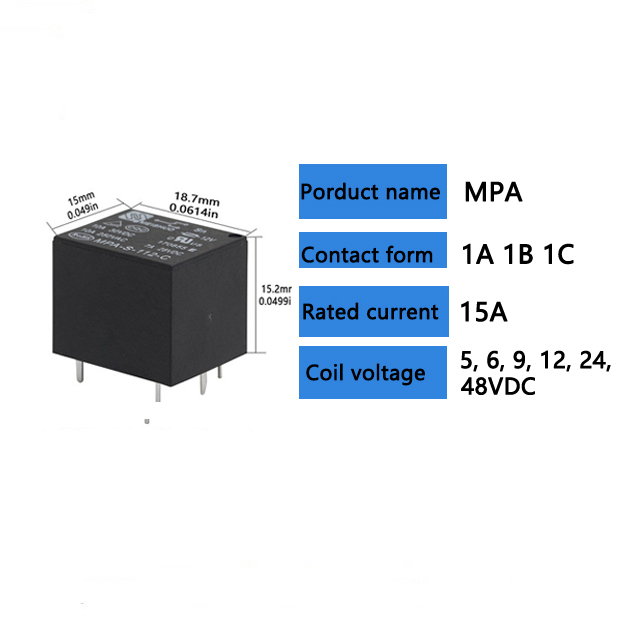relay selection in wireless communication networks: enhancing signal transmission efficiency
Release time:2025-08-10 19:05:54
Relay selection plays a crucial role in enhancing the performance of wireless communication networks. In scenarios where direct communication between the transmitter and receiver is not feasible due to distance, obstacles, or interference, relay nodes serve as intermediaries, forwarding data between the source and destination. As wireless networks evolve, especially with the advent of advanced technologies like 5G and beyond, the importance of relay selection strategies has grown significantly. This article explores the concept of relay selection, its applications, and the various strategies used to optimize data transmission in modern wireless systems.

Understanding Relay Selection
Relay selection is the process of choosing one or more relay nodes from a set of candidate nodes to improve signal coverage, reduce transmission delays, and enhance the overall data throughput in wireless communication networks. The main objective of this process is to find the most optimal relay that can forward signals effectively and efficiently, ensuring reliable communication between users, especially in environments where direct communication paths are weak or unavailable.
Applications of Relay Selection
Relay selection is widely utilized in various wireless communication systems, such as LTE, Wi-Fi, and 5G networks. In these systems, relay nodes are strategically deployed to extend the coverage area, improve throughput, and mitigate the effects of interference. By selecting an optimal relay node, the network can provide enhanced service to users in remote or obstructed areas where base stations alone might not offer adequate coverage.

